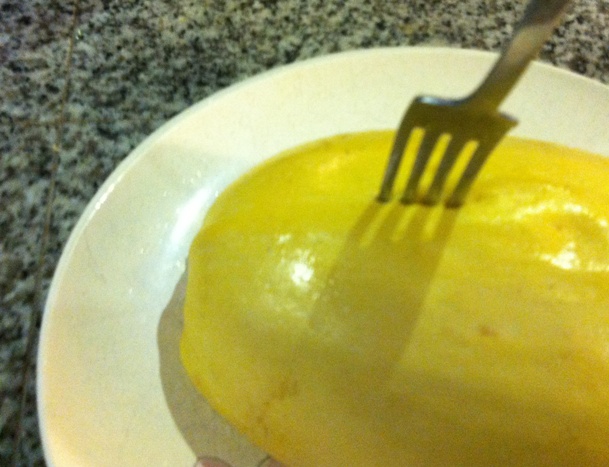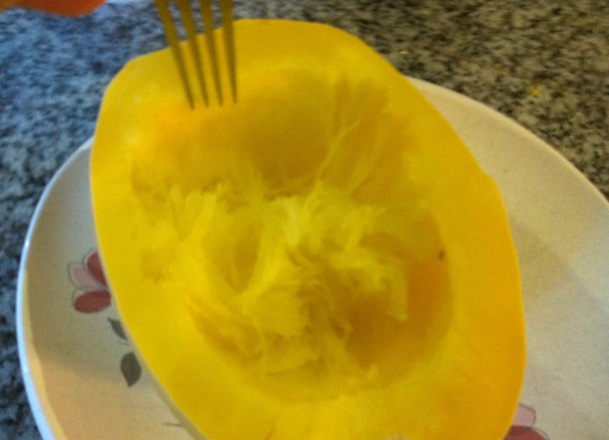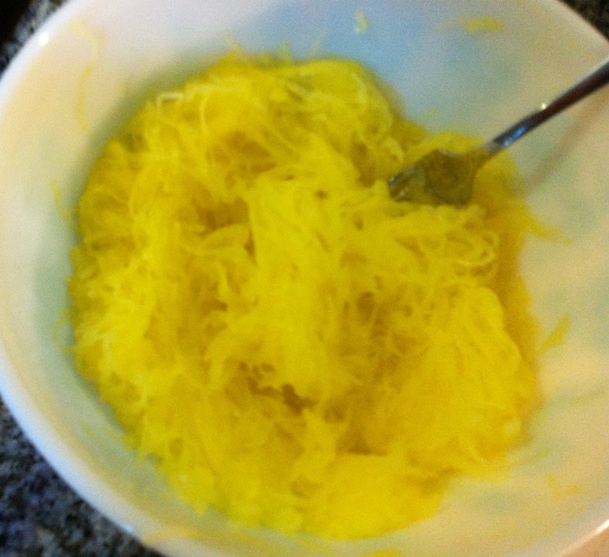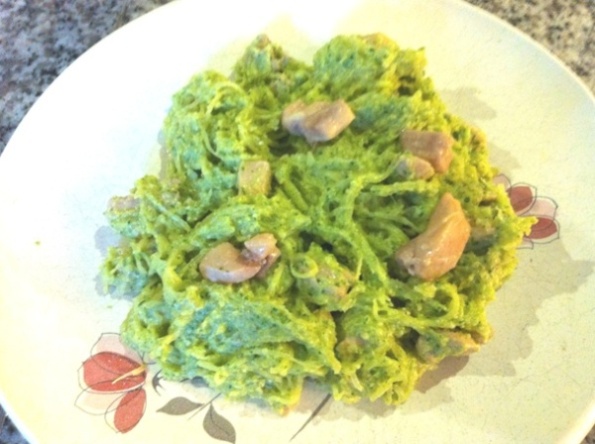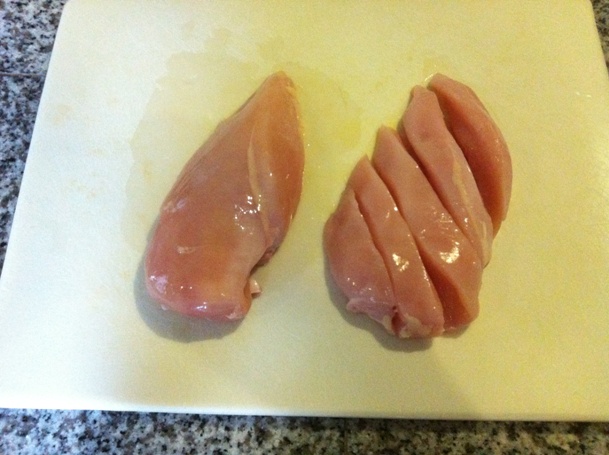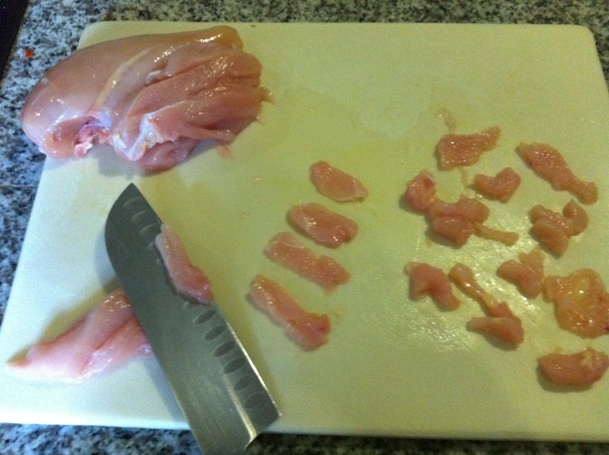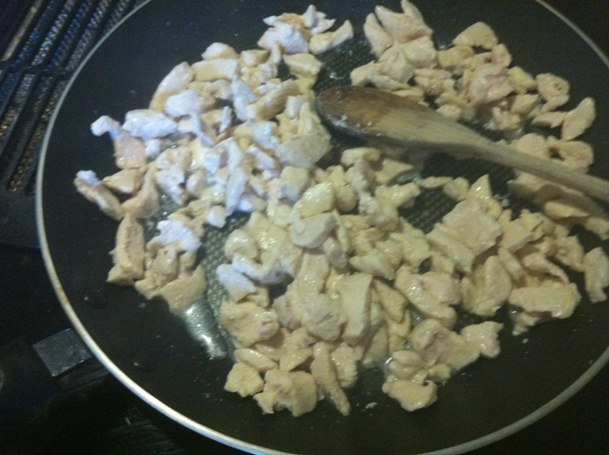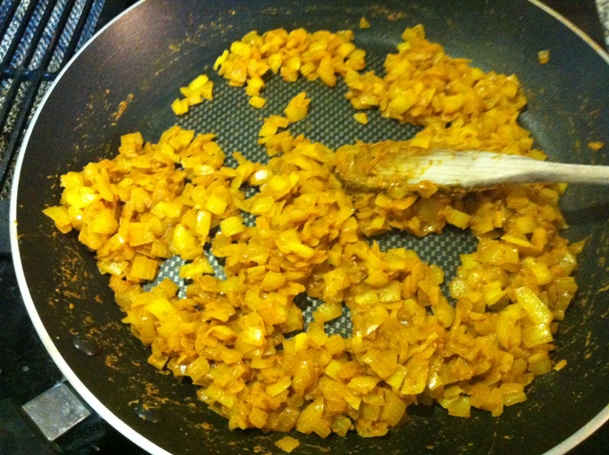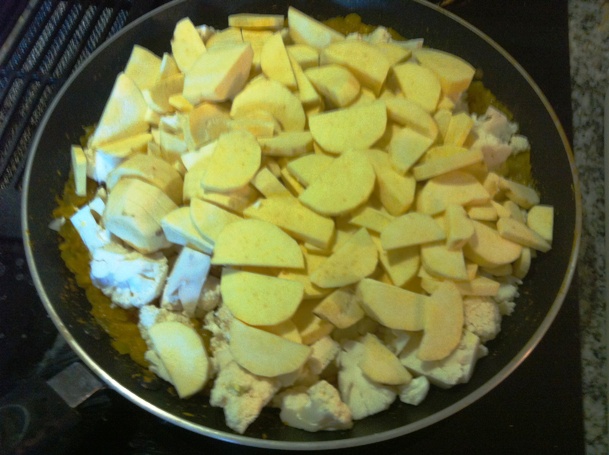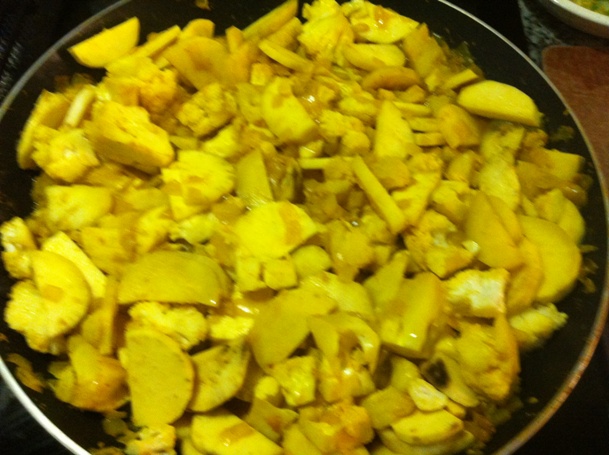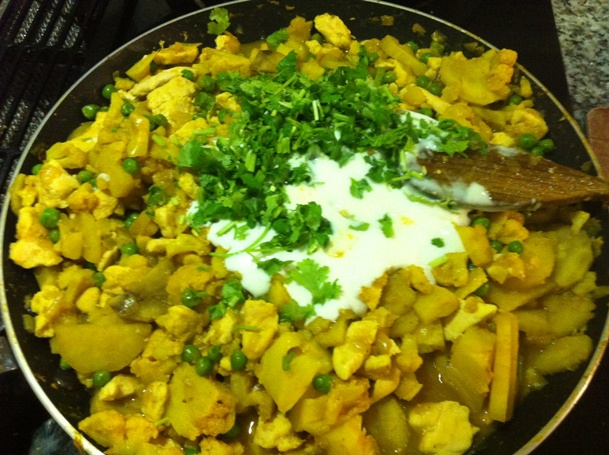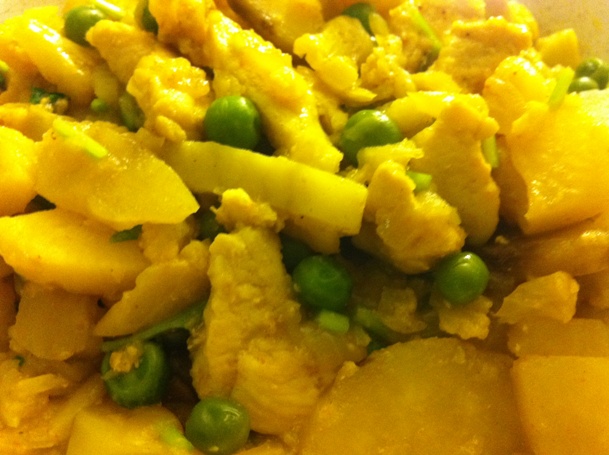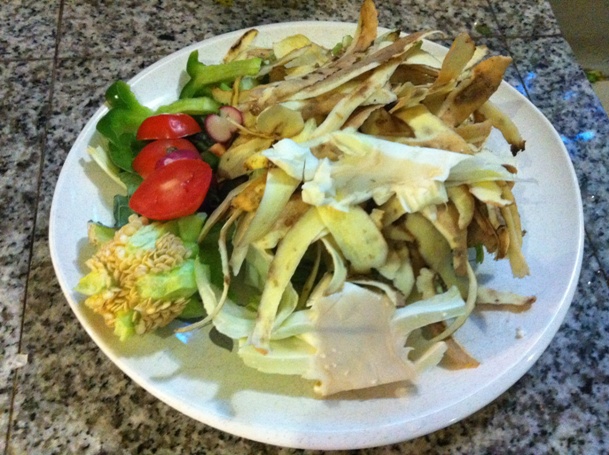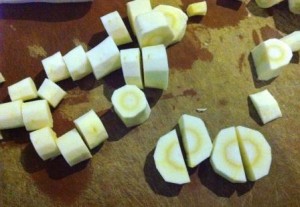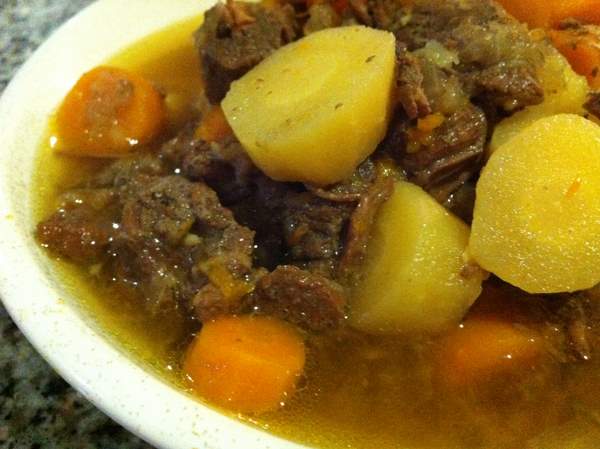It’s funny how things pop up sometimes. I just stumbled across one of the most perplexing Amazon reviews I’ve ever seen. It’s not laugh-out-loud hilarious or amazing, but it gives just enough of a hint of a situation that you’re left with nothing but questions. It’s not like the Three Wolf Moon tee-shirt, where customers actually compete to write the funniest, most outlandish reviews ever. It seems to be a real review. Before I share it, a bit about how I came across it.
I have a hearing problem. I grew up with some degree of hearing loss and then spent years working in a very loud nightclub, which damaged my hearing even more, particularly in the high frequencies. I normally get by OK, but today my hearing loss was a pain. I was doing laundry today. Shirts, specifically, which require that you take them out of the dryer immediately and lay them out or hang them up, or they become wrinkled, after which you would have to “refresh” them by running the dryer for ten more minutes or so to de-wrinkle them (my dryer actually has a “Refresh” setting). My problem is that I can’t hear the dryer buzzer, so I normally set a kitchen timer to remind me to take out the shirts. Today, I kept missing the timer because I didn’t hear it. I tried moving it with me into the other room, but things worked out so that I happened to be out of ear-shot every time the thing went off. I “refreshed” my shirts four times before I finally remembered to remove them before they got wrinkled.
I realized that I needed a loud timer. I went to Amazon and searched for “loud timer” and came across one made by ThermoWorks, the people who make my favorite instant-read thermometer, the Thermapen, which are the same ones they use on America’s Test Kitchen. Looking at the reviews for this timer (it has a four star average, which is pretty good), there are four one-star reviews: three people who complain that it just wasn’t loud enough…and then there is my reviewer. It’s another one star review, and her complaint is that it’s not waterproof (to be fair, it is only described as “water resistant”, not waterproof). Here’s her review. I’ll let you take a minute to go read it.
OK. So the timer isn’t waterproof. Whatever. That’s not the good part. Her son “loses track of time” in the shower? How old is he? If he’s around 13 to 18, I can tell you–he’s not losing track of time–he’s just not spending all his time in the shower actually “showering”, if you know what I mean. He’s got something else going on. And how long are we talking? Is he spending 30 minutes in the shower? 45? How much time does she allot for a shower? 5 minutes? How does she determine exactly how long is too long? I mean, I was raised in a poor family and I was never griped at for taking too long in the shower (well, maybe once or twice, but only in passing–my mother would certainly never have set a timer on me). But beyond the timing issue…did her son really need to take a 90 decibel timer with him into the actual shower stall? 90 decibels is equivalent to a motorcycle or a police whistle. Could he not have heard it if he left it on the bathroom counter or the back of the toilet? Where did he put it? Did he have to hold it in his hand while he was showering? So many questions.
It may just be me, but I find this review fascinatingly odd. Buying a kitchen timer and then taking it with you into the shower is the mark of somebody who just doesn’t function on all cylinders. It’s like this one barista who used to work at Walton’s, Sandra Bullock’s cafe/florist/bakery in downtown Austin. I bought a cup of coffee from him one day. It was freshly brewed and piping hot. There was plenty of room for cream, and I only add a little, so there was still 3/4 of an inch of room at the top. I took it back and asked if he could give me two or three cubes of ice to cool it down (I don’t like to sip coffee–I just drink it). He looked at it skeptically and said, “I’ll have to dump some of it out”. I told him there was no reason, that I just wanted to cool it down a little bit–I still wanted it warm, just not hot (I also knew they have small ice cubes). He gave me a look like he couldn’t believe I was forcing him to do this, said, “Okay,” and then took his ice scoop, scooped up a massive mound of cubes, and began shaking it about 8 inches over my cup. Of course, 10 cubes dislodged and tumbled off his mountain of ice and landed in the cup, causing the coffee to splash out on all sides and all over everything nearby. He threw the remaining ice and scoop back into the icebin and then picked up my coffee (spilling more in the process, since it was now full to the brim) and gingerly tried to hand the wet cup back to me, dripping all the way. I looked at him and asked him to set it down on the counter–I had no intention of trying to reenact a Keystone Cops routine with him as he tried to transfer the overflowing, dripping cup to my hand without spilling any on me.
I’ve worked in coffee a long time. You don’t hand a dripping cup to a customer. You don’t hand a wet cup to a customer. In fact, in my view, you never hand a cup to a customer at all–the hand-off is when accidents happen, and people end up spilling coffee on each other and getting burned. Even with a lid, I’ve seen the lid pop off when the barista or customer misjudged and managed to squeeze the cup between their two hands as they tried to transfer it. It is much better to put the cup down and allow the customer to pick it up–especially if it has no lid! If you spill something down the side of a cup, you either double cup by sliding a fresh cup over the spill, or you transfer the drink to a fresh cup and dispose of the old one if it’s too soggy. And, for goodness sake, if you want to add three ice cubes to an almost-full cup, pick up three ice cubes! Your scoop works just as well to pick up a few cubes as to pick up a whole scoopful.
It’s funny the direction this post took. Maybe I should have called it “people who don’t have a clue.”
That boy no longer works at Walton’s.



